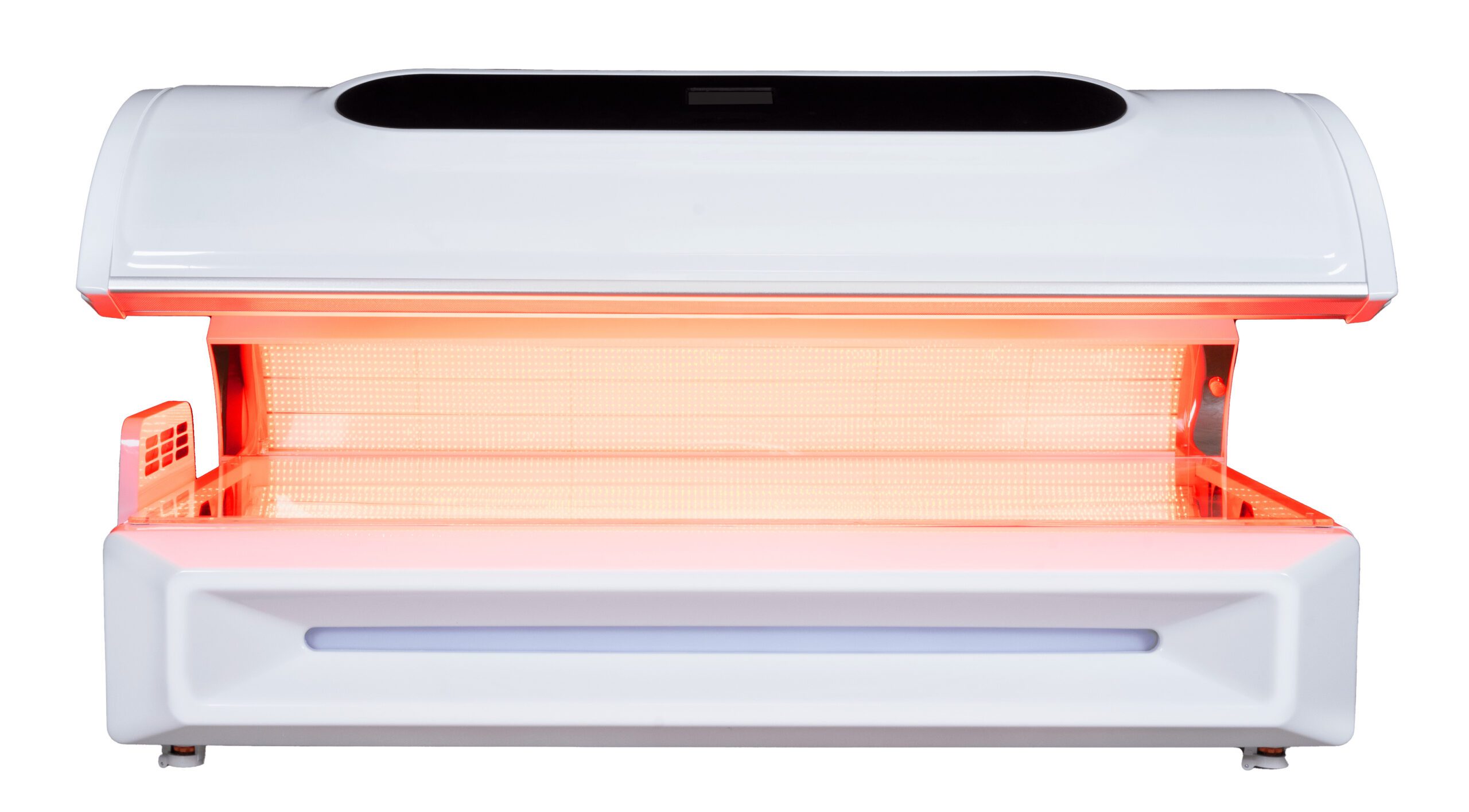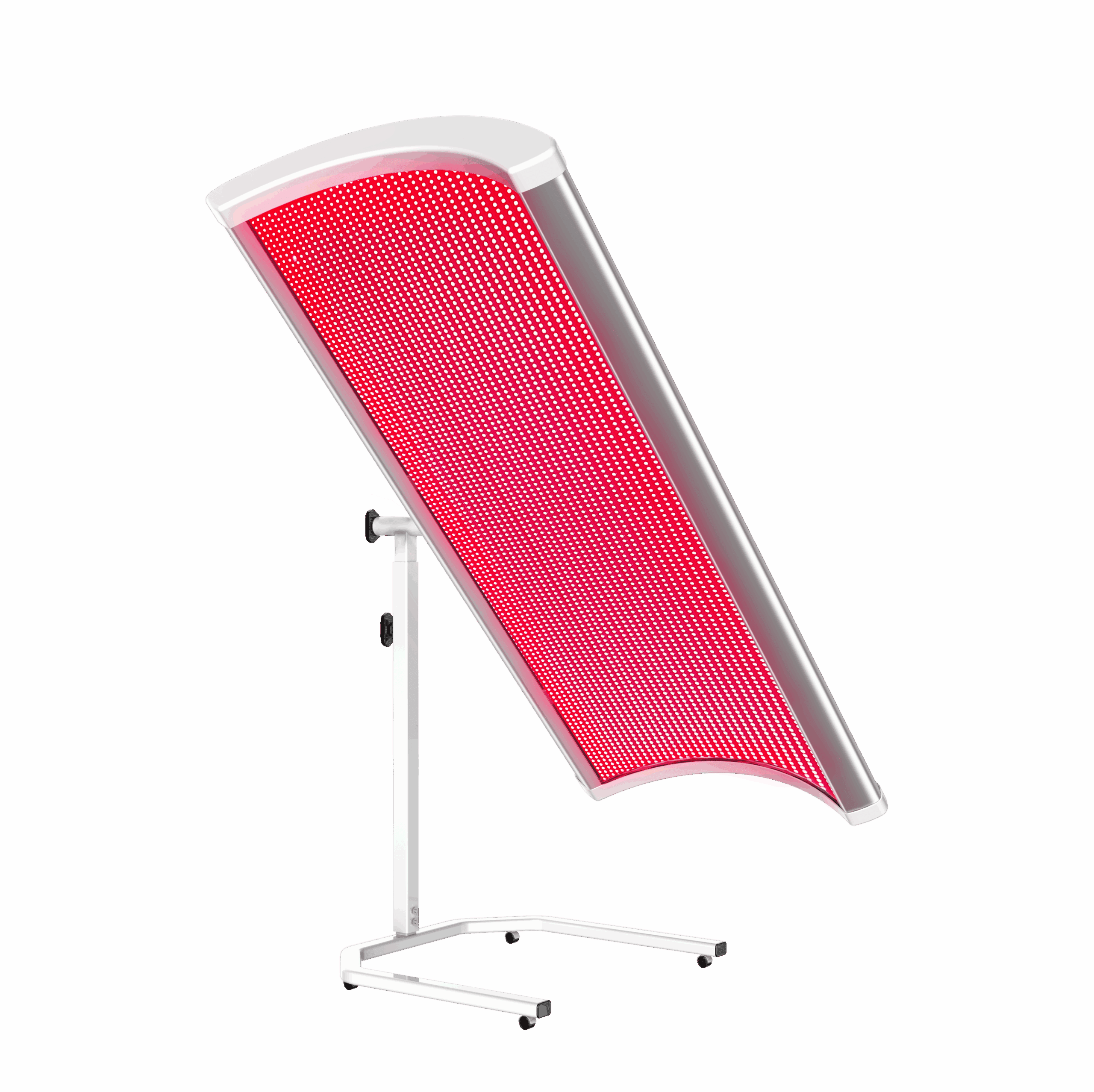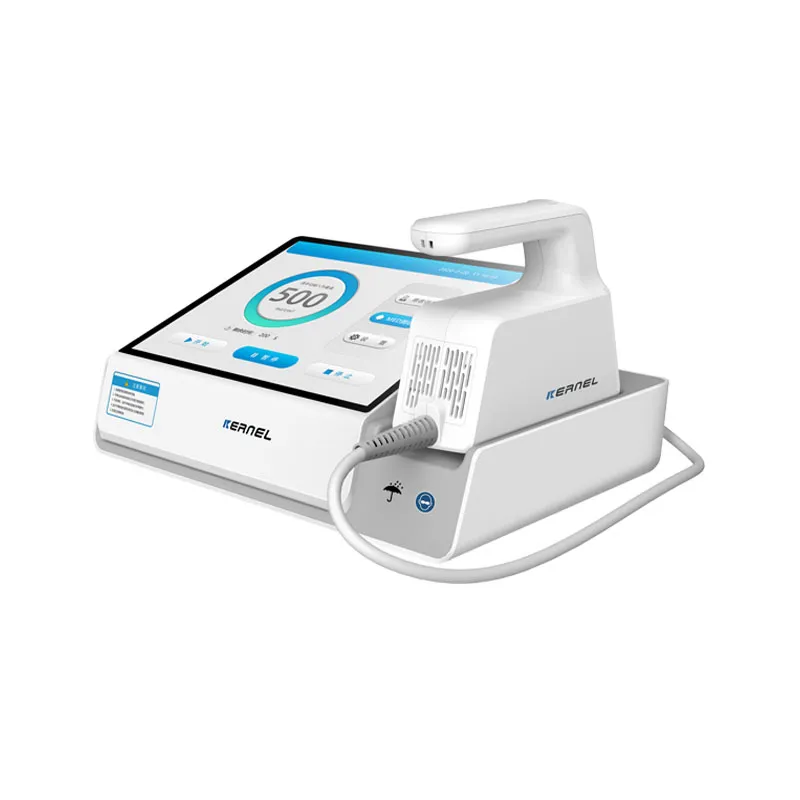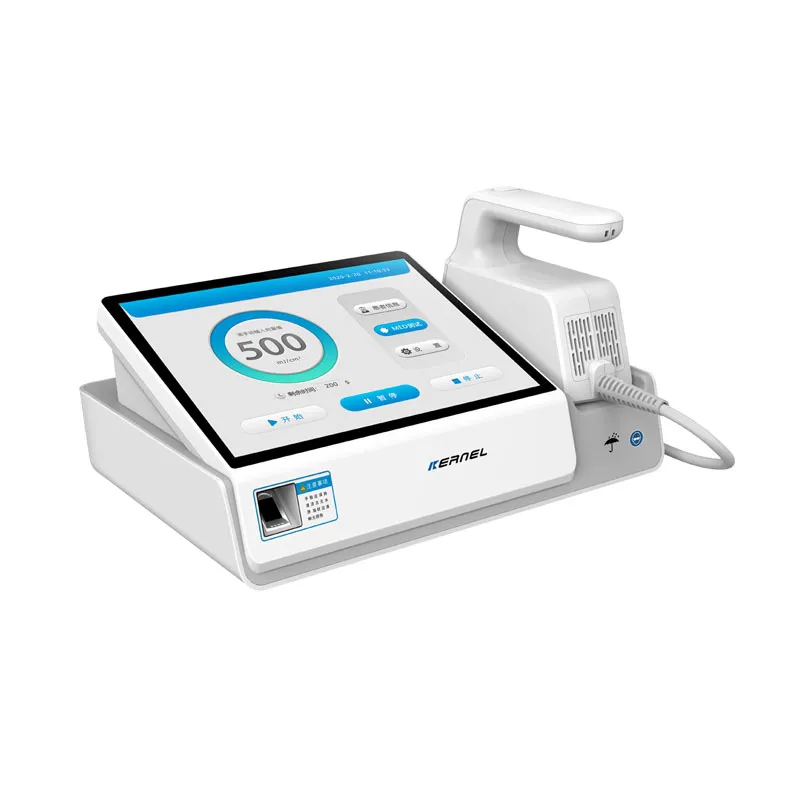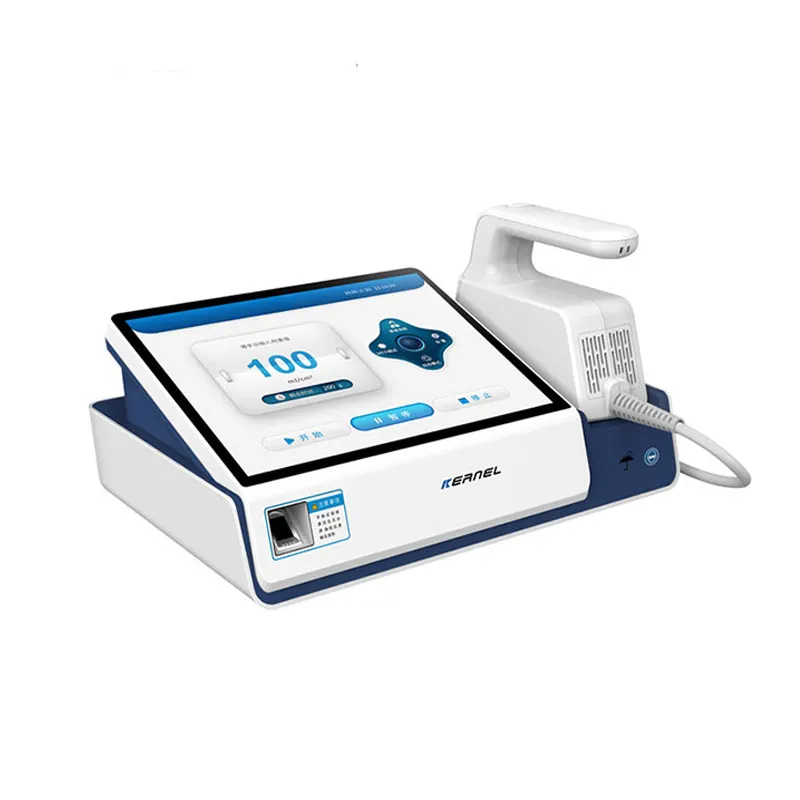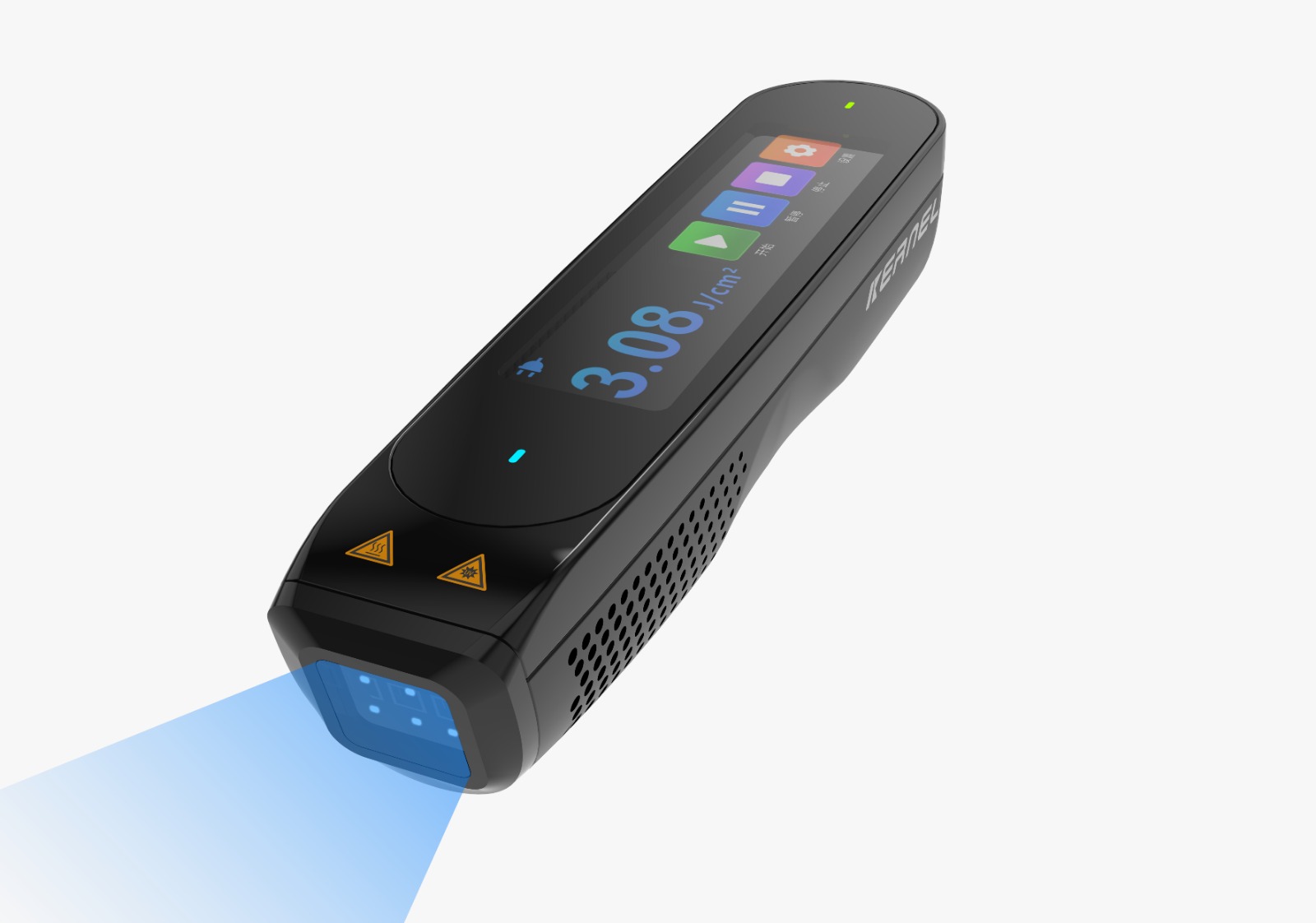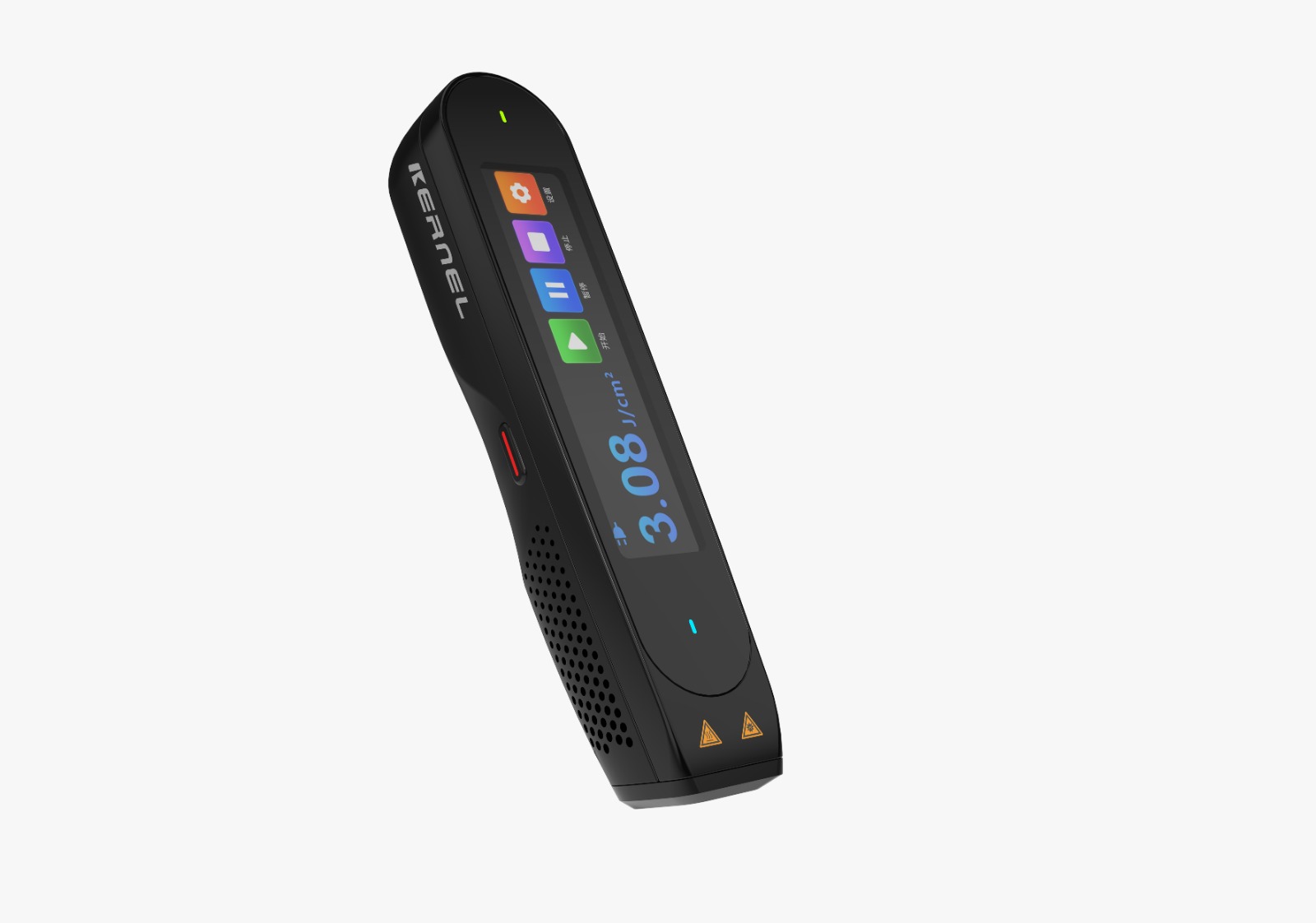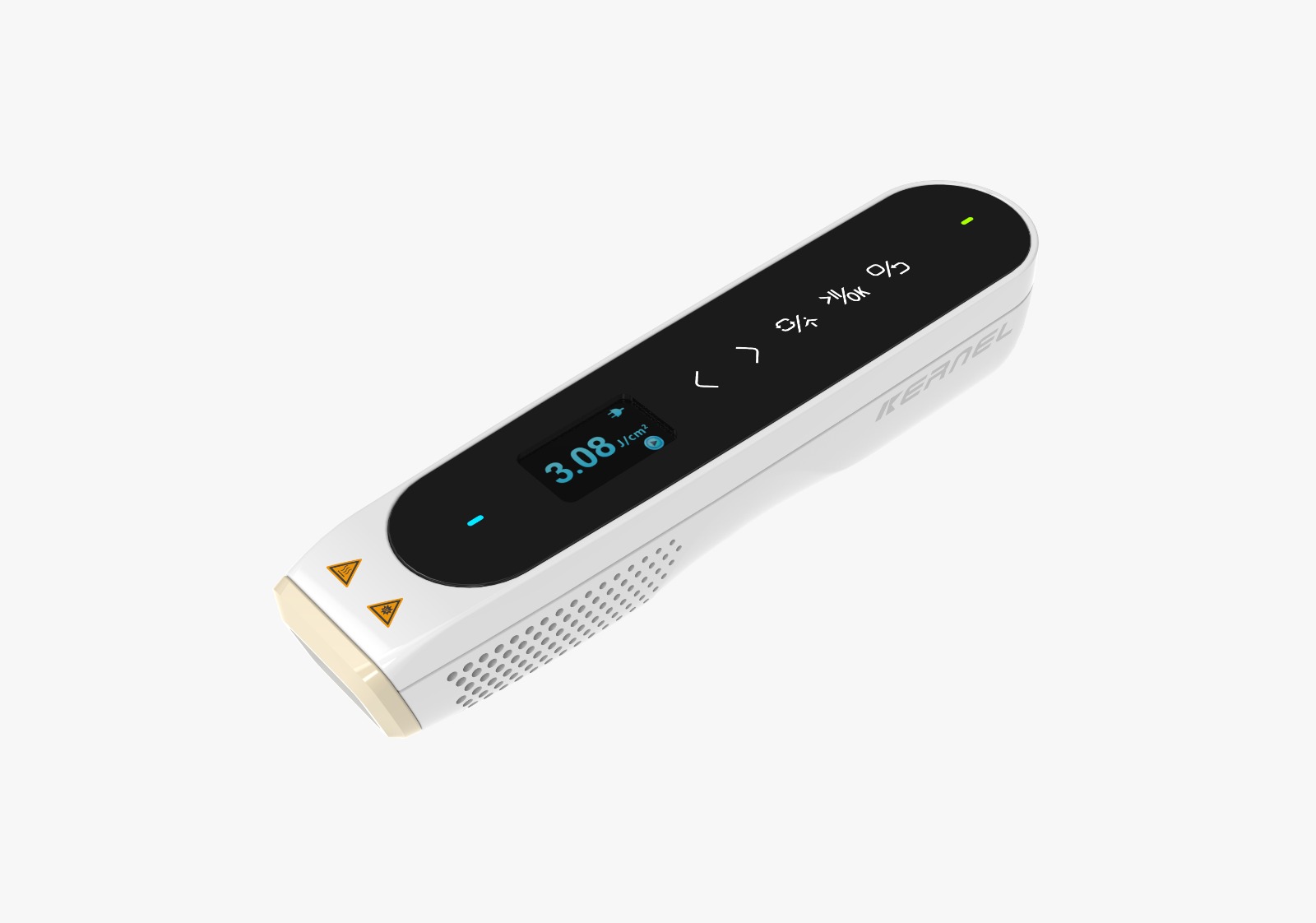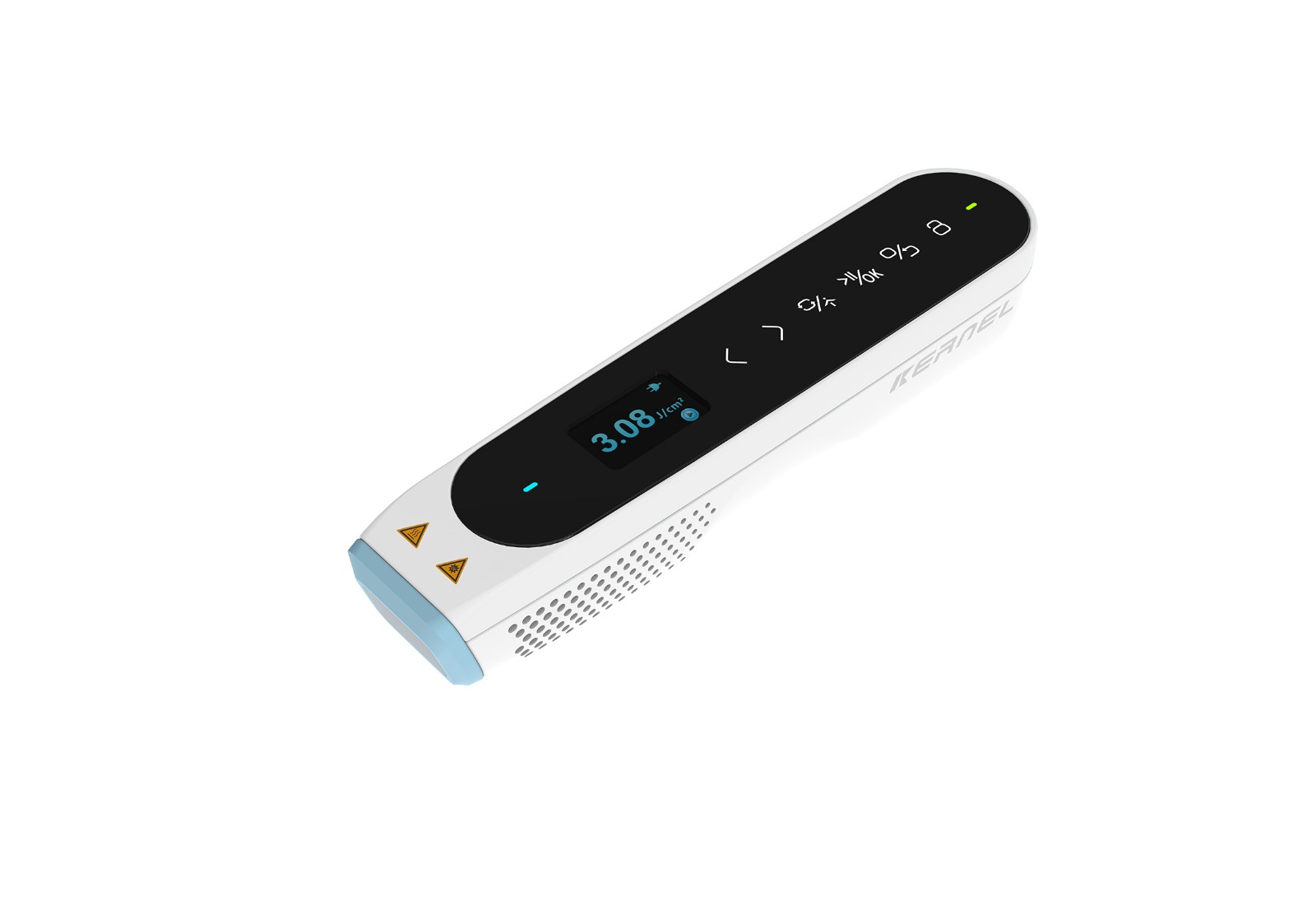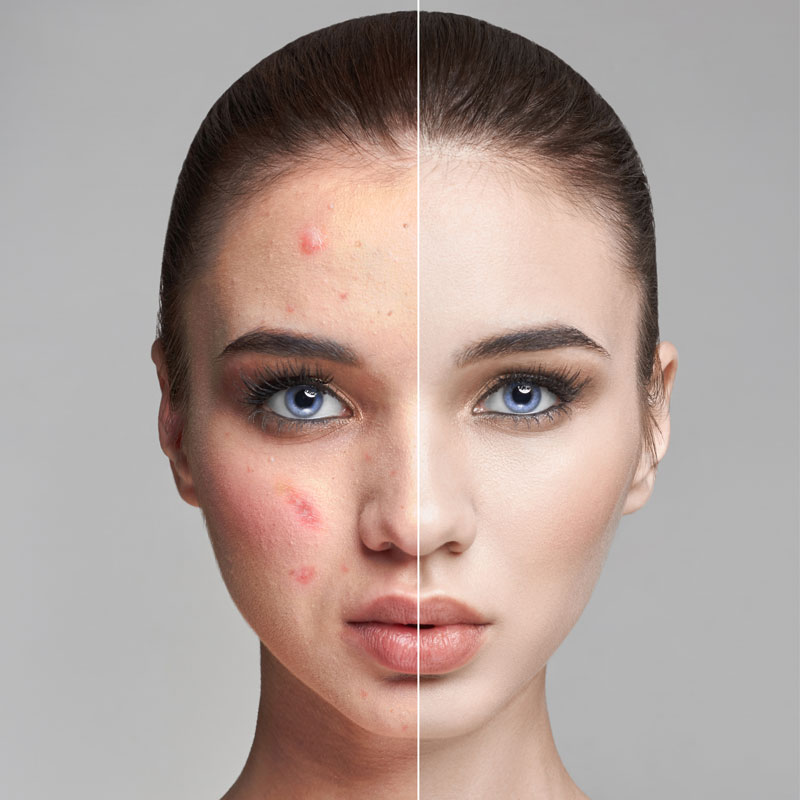Published on February 22, 2024
Topical agents and phototherapy
The American Academy of Dermatology (AAD) states that “topical agents form the mainstay of treatment in psoriasis and all other treatment modalities are often used with concomitant topical therapy. Emollients increase the transmission of UV radiation by altering the optical properties of psoriatic skin lesions and improving therapeutic efficacy. Application of a thin layer of emollient such as petrolatum before UV exposure is traditionally used. However, there are no randomized controlled studies to prove the benefit of concomitant use of emollients with UVB. It is important to pay attention to the application of sunscreens or salicylic acid-containing preparations that may interfere with the penetration of UV radiation. UV blocking properties may be used to cover uninvolved skin with preparations such as zinc oxide to prevent unnecessary exposure and adverse effect” (AAD, 2018).
Petrolatum and other emollients have been used prior to phototherapy (National Eczema Association, 2023), based upon the theory is that emollients like mineral oil or petroleum jelly increases the transmission of UV radiation to reduce the required dose of phototherapy and speed disease resolution (Mohammad, et al., 2017; Morison, 2005). However, there are no controlled trials proving that this has any effect on clinical outcomes. An UpToDate chapter on UVB phototherapy (Honigsman, et al., 2023) explains: “Emollients (eg, petrolatum, salicylic acid ointments) increase the transmission of UV radiation by altering the optical properties of the stratum corneum. Application of a thin layer of emollient such as petrolatum before UVB exposure is used in some institutions. However, the benefits of emollients before UVB exposure have not been evaluated in randomized trials.”
References
- https://www.aetna.com/cpb/medical/data/200_299/0205.html
- American Academy of Dermatology (AAD). Psoriasis: Recommendations for UVB combination therapies. Practice Management Center. 2018. Available at: https://www.aad.org/practicecenter/quality/clinical-
